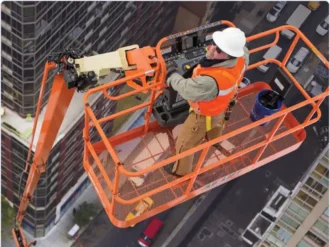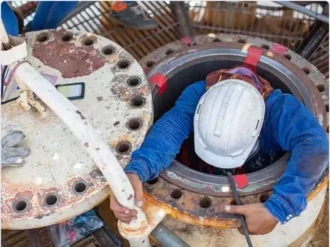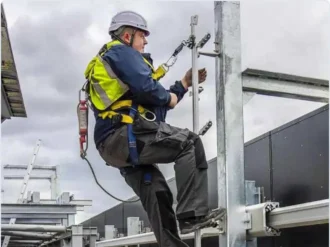Introduction
Ductwork Installation and Maintenance is a routine task for most HVAC employees, who often face the same hazards as construction workers, but receive significantly less training than the latter. Over the years, this has led to a series of preventable injuries that have drawn attention to the HVAC sector and have ultimately compelled businesses to implement rigorous safety courses for their employees.
Potential Hazards
The most common risks associated with ductwork installation and maintenance are:
Accidental Falls
HVAC employees are frequently required to use aerial lifts and work at heights, but many of them are not properly trained to manage fall arrest systems. As such, the majority of injuries occur when workers slip and fall, either on the same level or for several feet. These accidents can prove to be fatal, which is why it is essential for all HVAC employees to receive proper training in fall arrest.Lack of Oxygen in Confined Spaces
HVAC employees are sometimes required to enter ductwork for maintenance and repair. Inside these confined spaces, they must deal with a potentially hazardous atmosphere, as well as excessive heat and lack of proper oxygenation. Some ductwork – such as boiler ductwork, for example – may even contain unguarded machinery that can result in serious injury.Electrocution
Ductwork systems are generally installed in the proximity of electrical wiring, which may or may not be properly isolated. During ductwork installation and maintenance, employees might come in contact with electricity and may suffer from electrocution if they are not equipped with the correct personal protection gear.Injury from Lifting Heavy Materials
Although HVAC employees can use aerial lifts to reach the necessary height for ductwork installation, they are still required to manually raise and carry heavy materials that can cause injuries to muscles, as well as ligaments, nerves, and discs of the lower back. Such traumas are especially likely to occur due to repeated movements over the course of the day.
Incident Prevention
The first step towards incident prevention in the HVAC sector is a more rigorous focus on safety training for all employees. In addition, there are a number of measures that can be implemented in order to avoid or mitigate hazardous situations.
For example, using the correct personal protective equipment can significantly reduce the number of injuries caused by same-level falls. Furthermore, when employees are required to work at heights, they must be able to choose the right gear for the task, as well as assess any potential fall hazards and immediately implement fall arrest strategies in case of an emergency.
Although working in a confined space is, at this time, unavoidable in the HVAC sector, industrial ductwork can be fabricated in such a manner as to allow for easier and safer access. In addition, employees can be provided with non-cumbersome access equipment, as well as respirators when they are likely to encounter a hazardous atmosphere. To alleviate the strain on workers’ bodies during ductwork installation, vacuum and duct lifts can be implemented.
Recommended Safety Courses



What You Can Do to Stay Safe
To ensure your safety and that of your colleagues in the HVAC sector, you must assume a proactive stance in preventing and combating the hazards typically associated with your work environment. The best way to do so is to undergo the required safety training programs that are provided to you by your employer.
For a complete list of safety courses best suited for HVAC employees, please navigate to our Construction industry page.

